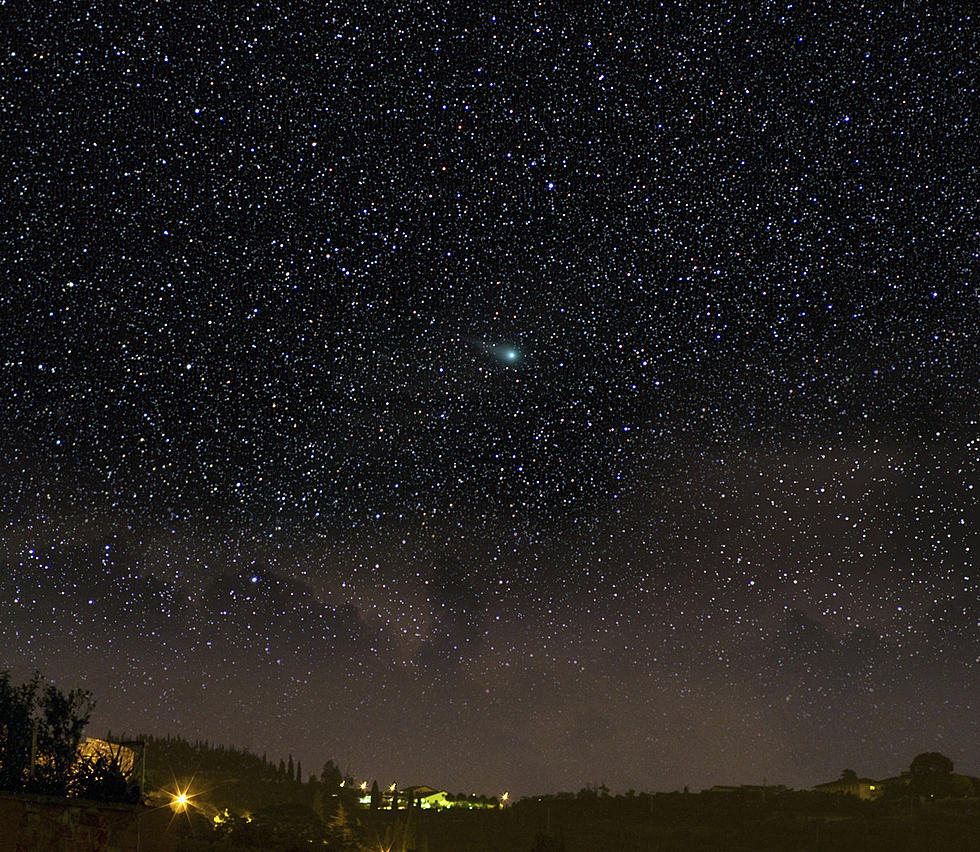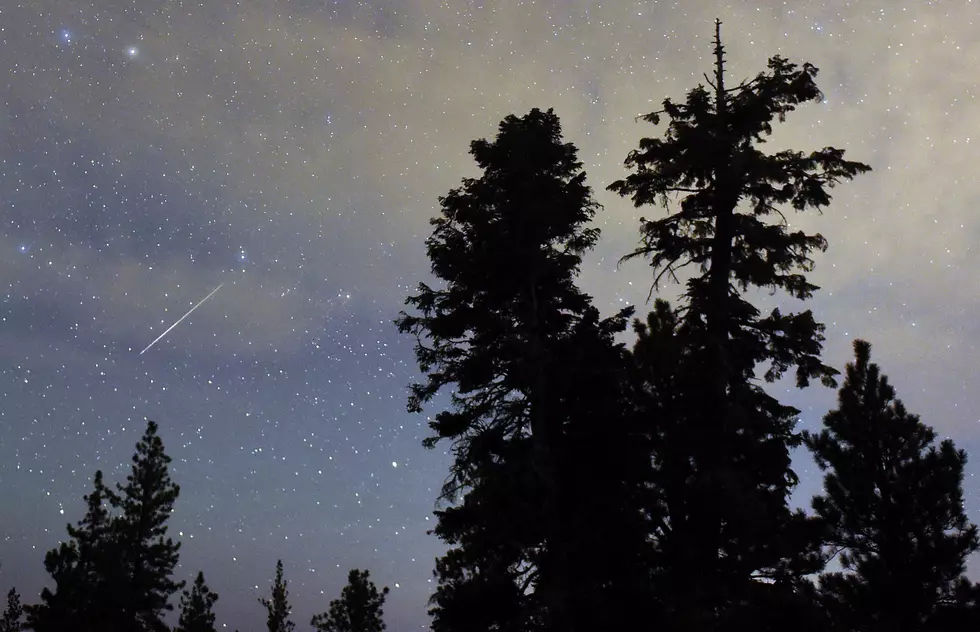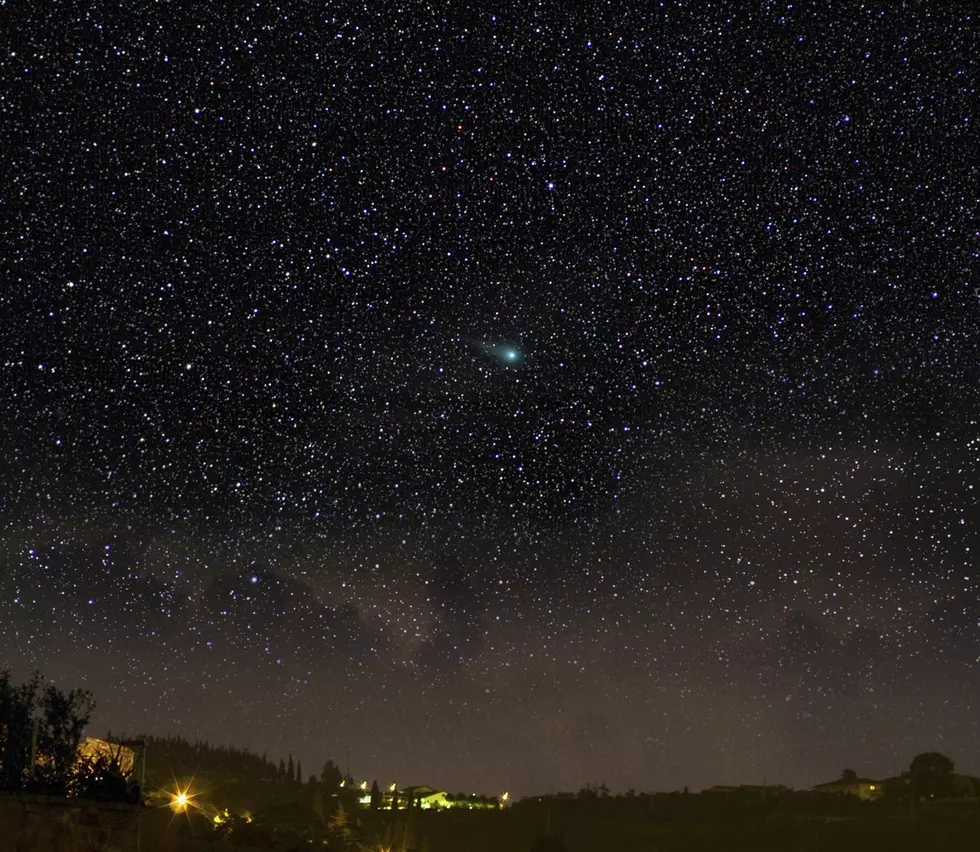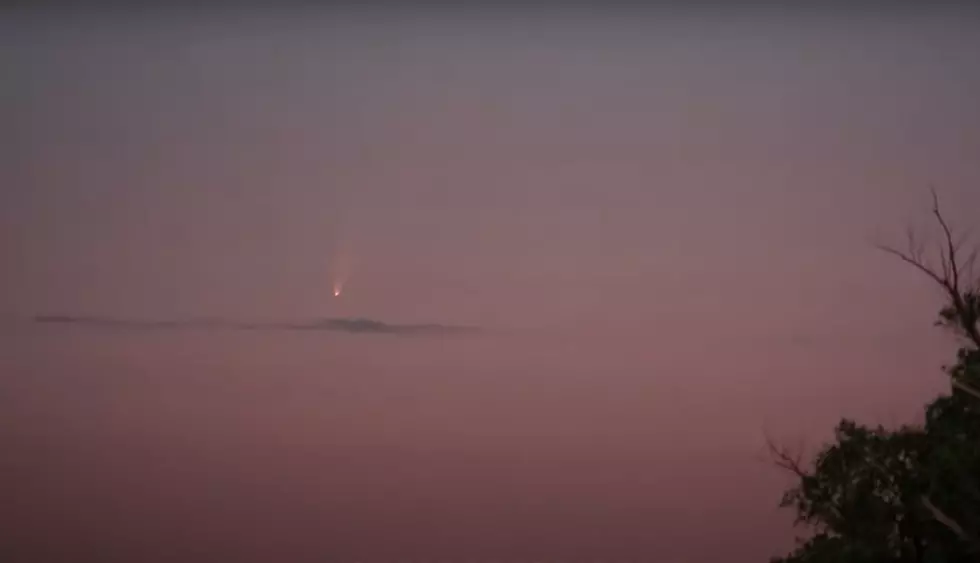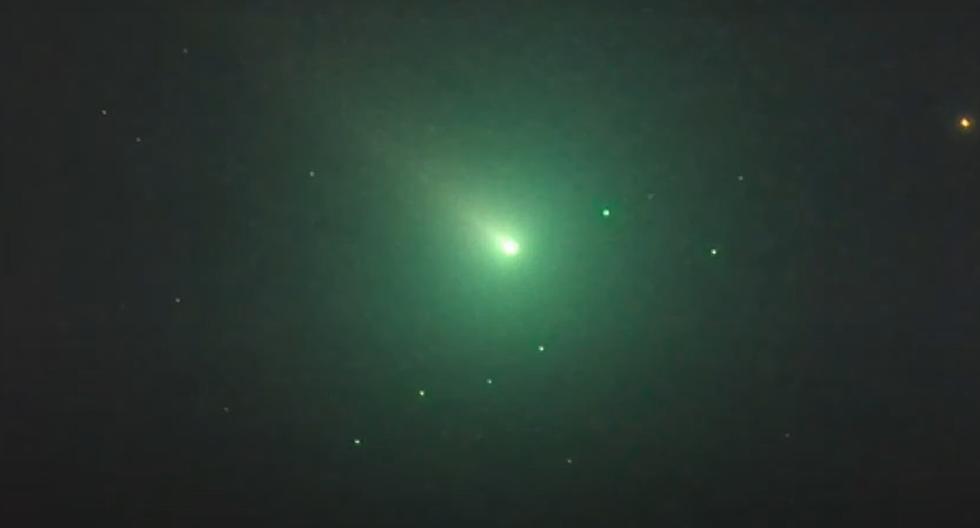
Once in a Lifetime ‘Christmas Comet’ Heading Towards Earth
No, Santa Claus won't be riding on this icy celestial rock, but he may see it while flying with his reindeer on Christmas Eve.
Comet Leonard was discovered by its namesake, Astronomer Greg Leonard less than a year ago, on January 3, 2021, at the Mount Lemmon Observatory in Arizona.
It will be closest to Earth on December 12 when it will be 21.7 million miles from our planet traveling at 158,000 MPH. Comets typically will be brightest at their closest approach to the sun, which will be January 3. Given its proximity to December 25th, it's been dubbed, 'The Christmas Comet.'
But will we be able to see it with the naked eye? Hopefully! Its current magnitude (as of 11/11/21) has been said to be anywhere from 9-12. Typically, anything LESS than a magnitude of 6.5 is visible to the naked eye. Right now, Comet Leonard is projected to reach a magnitude of 8 in mid-December. But you never know, comets can be surprising.
In Mid-December, looking low on the horizon about 30 minutes after sunset (shortly after 5:00), Comet Leonard should be positioned directly below the bright planet, Venus.
Comet Leonard is most likely a “once in a lifetime” opportunity to see it. Initial observations suggest this comet completes an orbit around the sun in about 80,000 years.
It likely won’t be as bright as Comet NEOWISE in July 2020 -- and unlike NEOWISE, you’ll have to bundle up to get a good view of Comet Leonard.
After it waves goodbye to Earth, it’s going to get real close to Venus, a mere 2.6 million miles as it heads back to deep space. In space terms, that’s close.
How many comets are out there? According to NASA, as of September 2021, the current number of known comets is 3,743.
Pictured: Comet Leonard's closest approach to Earth on December 12:
READ ON: Weird, wild UFO sightings from throughout history
Celebs Share Their Personal Paranormal Stories
More From 97.7 KCRR



